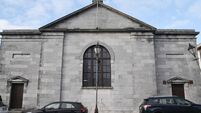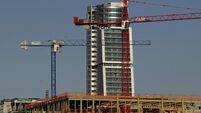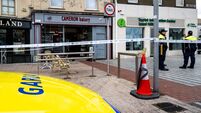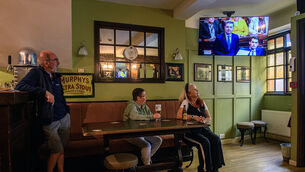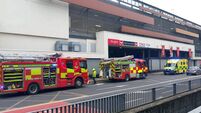St Luke's: Cork's blooming northside neighbourhood sets an example
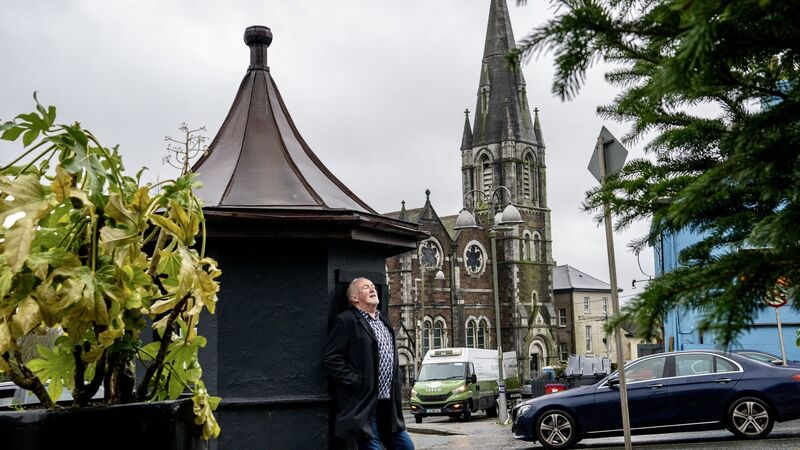
Hugh Lorigan worries St Luke’s Cross is becoming gentrified at the expense of artists who are being priced out of the community. Picture: Chani Anderson
Hugh and Deirdre Lorigan are at home on a weekday evening, heating up dinner and generally settling in for the night. Deirdre has cycled home to St Luke’s from the west side of the city on her electric bike. Their home is cosy and tasteful, with sanded wood floors and a first-floor living room with views of the city to the south.
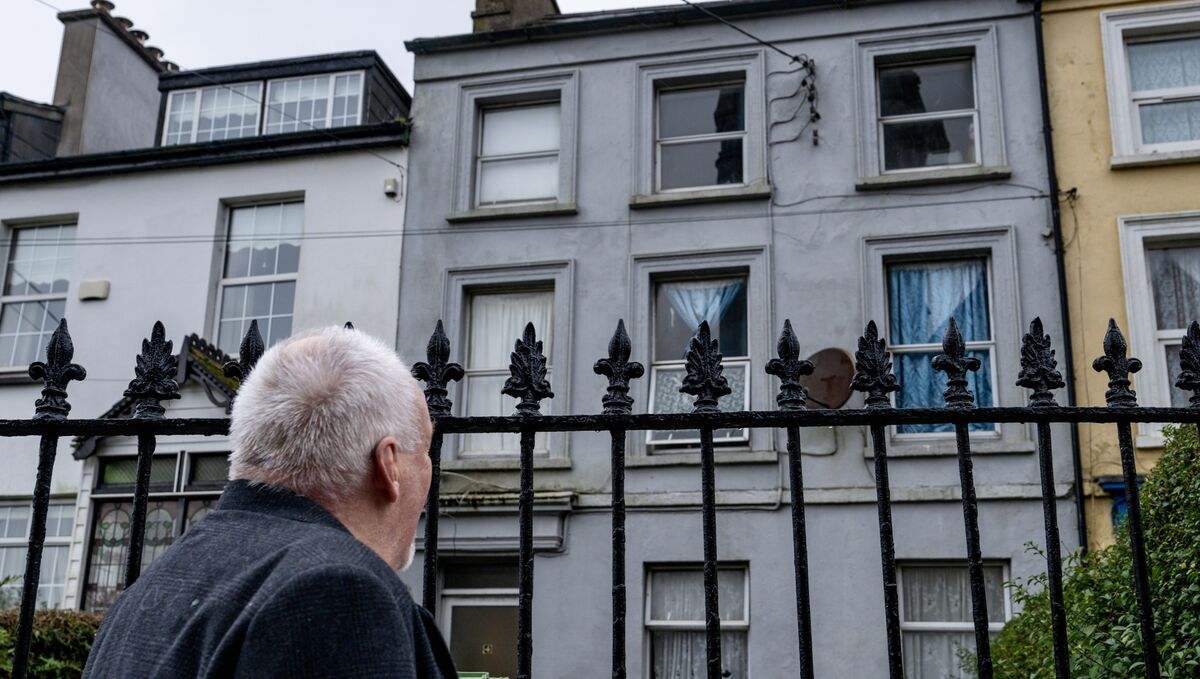

The novel’s tragic protagonist, Pluto, has neighbours who — described with unerring accuracy — are very much the kinds of characters that Cónal remembers from living in the area in the ‘80s.
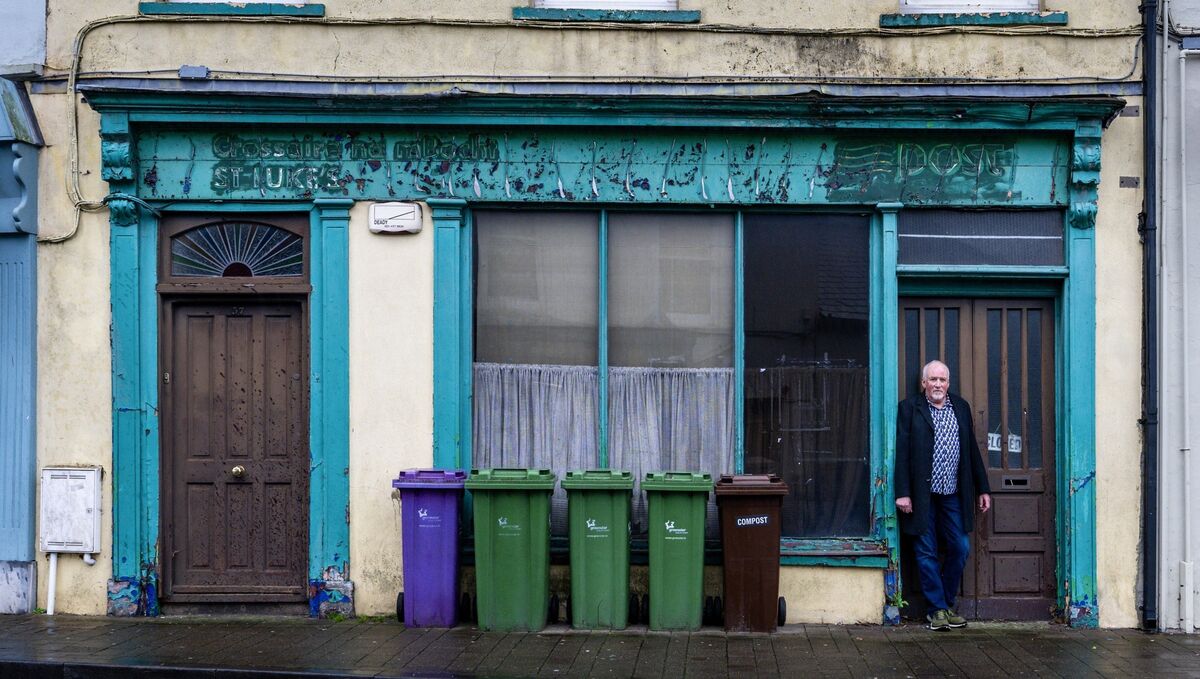
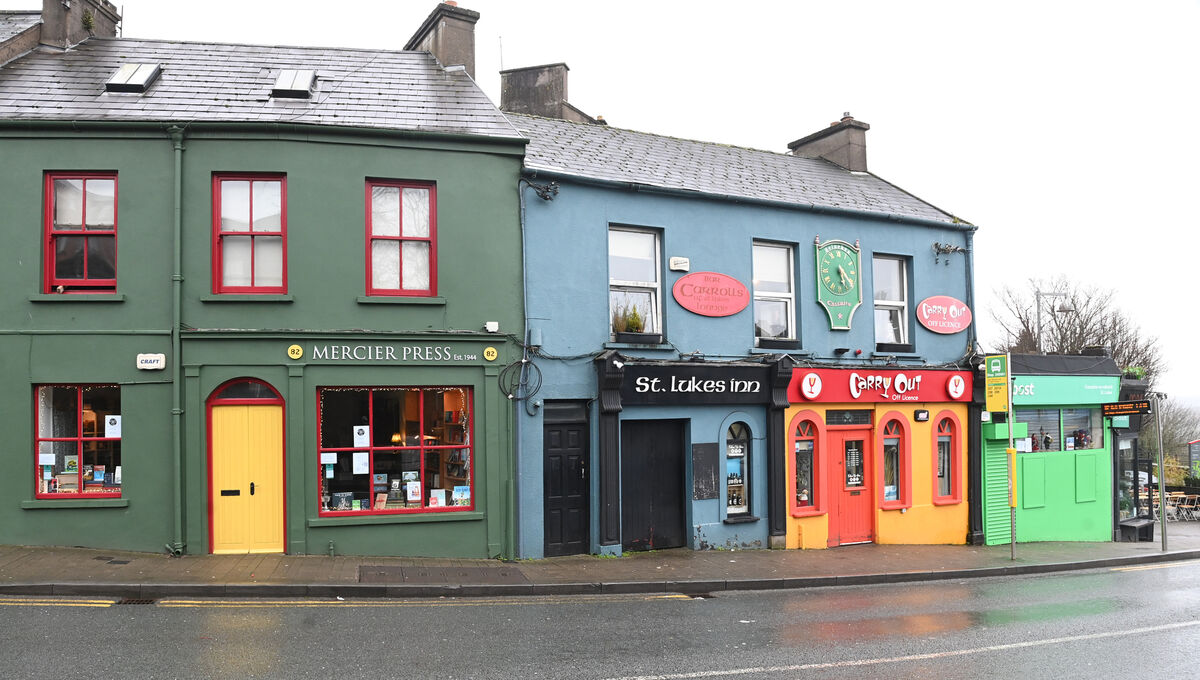
Murphy lived in one of the terraces on Wellington Rd and the house continues to be occupied by his son, artist and musician Colm Murphy.
A rising tide lifts all boats. For Live at St Luke’s, Henchy’s, and the neighbouring Wine Tavern — and now GoodHood pizzeria — each other’s presence is what makes business in the area good.
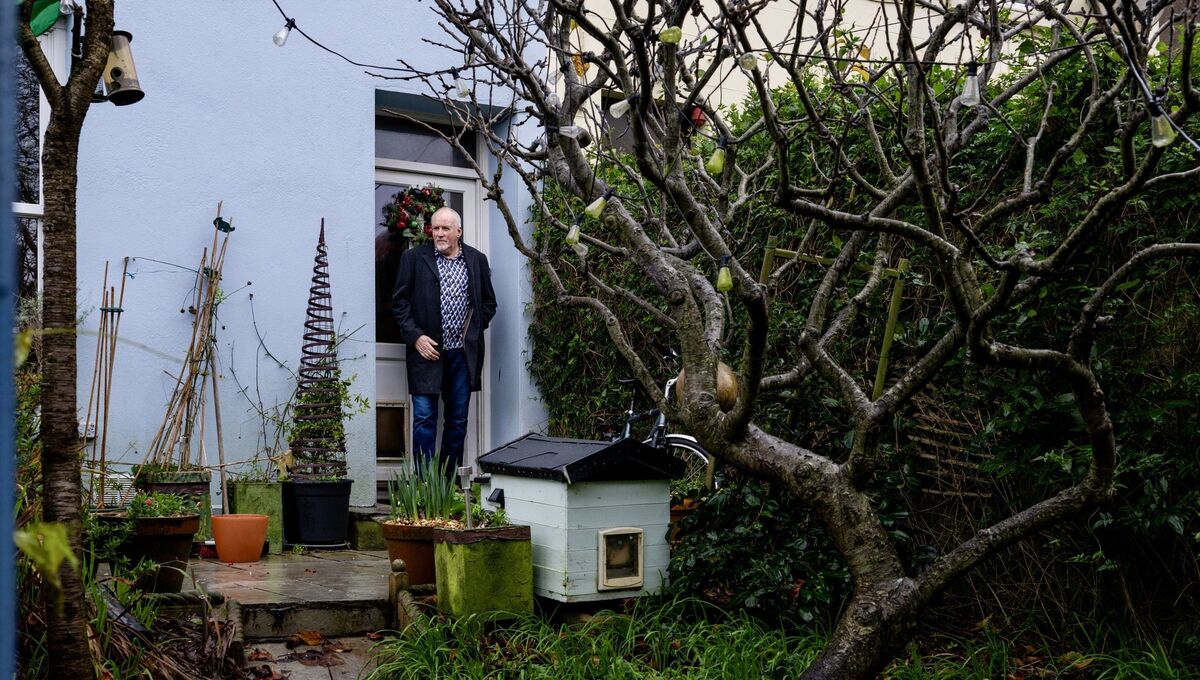
- This article was originally published on January 22, 2025.



